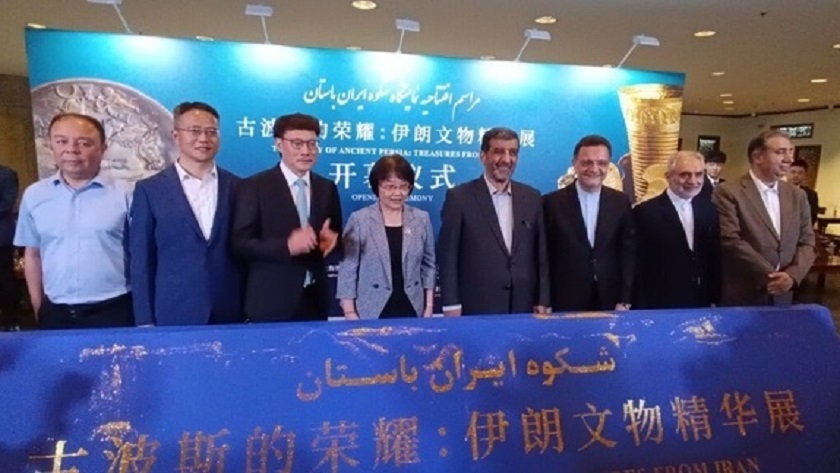In a renewed appreciation for environmental preservation, Iran’s Minister of Cultural Heritage, Handicrafts and Tourism, Ezzatollah Zarghami, has illuminated the necessity of equating environmental conservation with the significance of safeguarding cultural heritage. Drawing on the fascinating transformation of Beijing’s Shugang Park, once a disused steel factory and now a magnet for both local and international visitors, Zarghami emphasized the pertinent message in a statement covered by the Iran Press.
Shugang Park, nestled in the heart of Beijing, has metamorphosed from a steel conclave plagued with environmental issues, into an idyllic tourist hotspot, backed by lessons from its industrial past. This has been hailed as transformative in its approach to redefining and repurposing historical landmarks.
Zarghami, drawing parallels from this impressive transformation, highlighted the potential of such endeavors, lauding their duality in providing enjoyment whilst also facilitating an educational purpose. This serves as a potent symbol of the innate connection between the preservation of our cultural heritage and the natural environment.
This echoes the sentiment expressed by late Harvard biologist, Edward O. Wilson, in his landmark book ‘The Diversity of Life’, asserting that “The one process now going on that will take millions of years to correct is the loss of genetic and species diversity by the destruction of natural habitats.”
In the same vein, Zarghami has put forth a pointed reminder that as we seek to preserve our historical knowledge and cultural legacies, so too must we be guardians of the environment. His statement underscores his commitment and the broader initiatives in Iran to harmonize cultural tourism with eco-consciousness. This shifts the focus beyond simple conservation, acknowledging the integration of sustainable tourism within the broader landscape of environmental and cultural preservation.
Intricately woven within our historical and cultural fabric, these lessons underscore the importance that these tourist attractions, like Shugang Park, play in shaping the narrative of conservation. As more people visit these locales and become educated on these issues, preservation, in all its forms, may become an embedded practice rather than a fringe movement.
Drawing its strength from our collective historical consciousness, Zarghami’s message is a meaningful reminder of our shared responsibility towards the preservation of not only our cultural heritage but also our natural environment.
